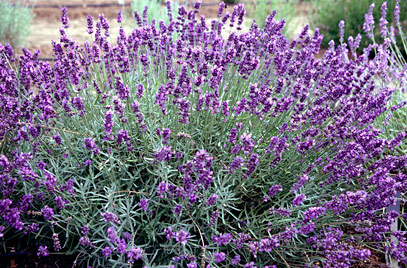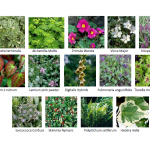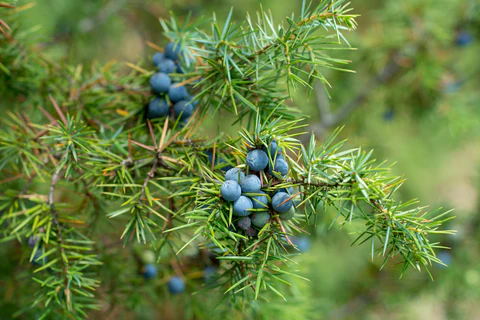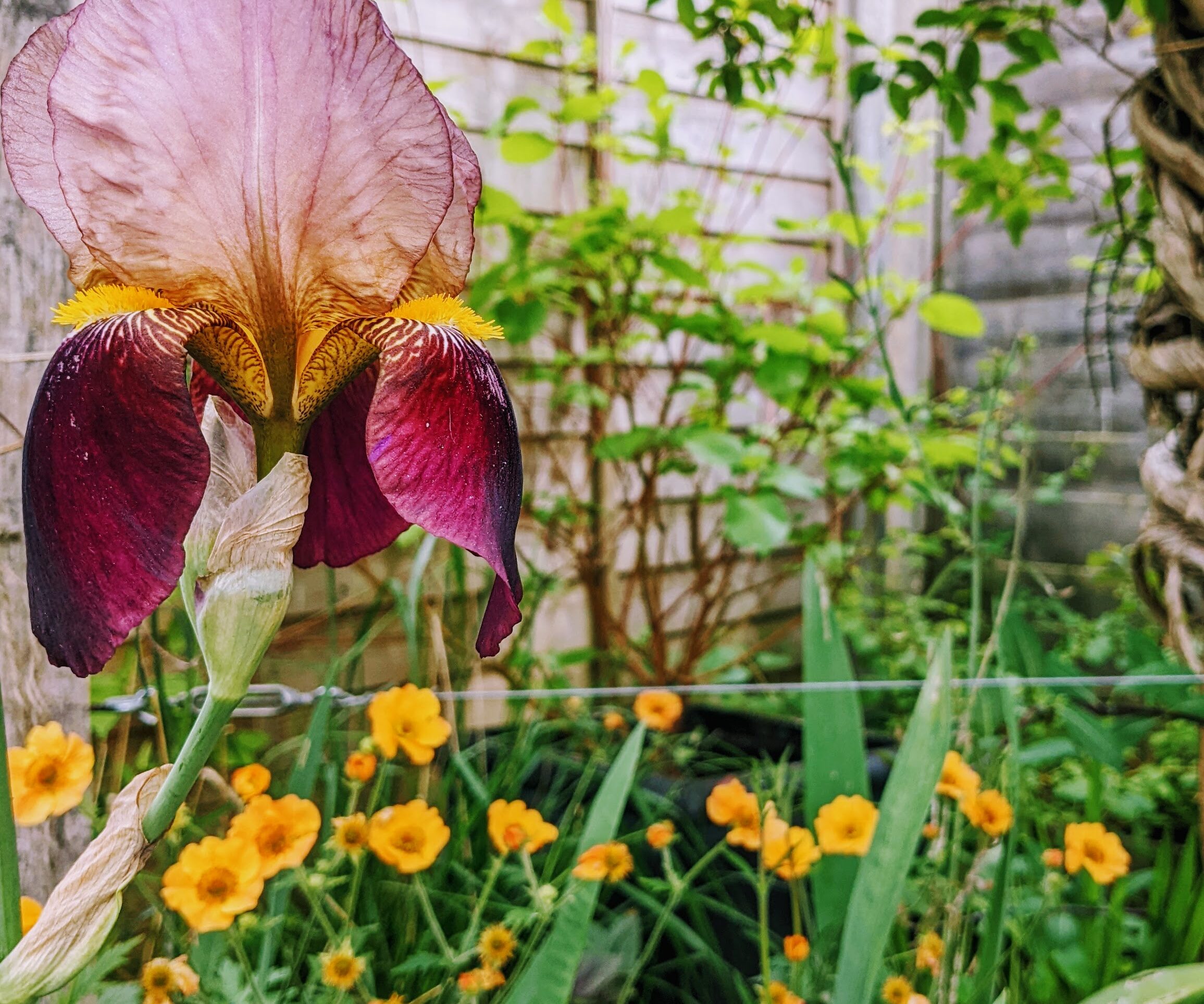I have recently completed a planting plan for a very dark and dry corner of a garden. The client had tried and failed to grow a number of plants, and told me that nothing would grow there.
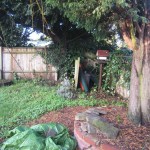
However ivy, blue bells and snow drops were growing happily and they are clearly not nothing, weeds were also in abundance where the lawn had failed, and whilst not desirable, we can learn a lot from them in certain situations as many weeds have cultivated cousins. Admittedly the palette of plants for shady, dry gardens is not extensive, there are limits, but knowing those limits can save the gardener a great deal of time and money on planting unsuitable plants.
When starting any planting plan, all good gardeners and designers look at the situation of the bed they are planting. There may be different micro-climates in one garden that need to be taken into account. What is it’s orientation of the bed; North, south, east or west? What is the soil like; Sandy, clay, or loam? There are other factors that must also be taken into account, is the area exposed to frost or winds? Is the bed being baked in sun all day? Are there large trees causing shade or sucking moisture and nutrients out of the ground? Is the ground wet for long periods of time? And the most important question, what plants will be happiest in these particular situations? This is what is meant by the phrase ‘right plant, right place’. It may sound like a complicated mystery for many people, but with some knowledge any area can be planted with attractive foliage and flowers.
One of the tricks I use is to think about nature and what grows in similar situations in the wild, both at home and abroad. For example you wouldn’t see a lavender bush in a wood, so don’t expect it to be happy growing under a shady conifer.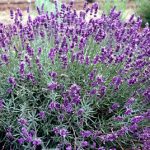
Horticulturalists have done an amazing job of taking wild plants and cultivating them so that we can use them in our gardens, giving us more variety of flower and leaf than would ever be possible by nature alone, and they do this so that we have something to plant in all situations.
There are many resources at our disposal to find which plant to put where, but if it all seems too confusing, then there are professionals on hand to help, we do this all the time, we know what works, what doesn’t and why, the money you may spend on hiring a garden profession such as a designer may only be a small portion of the money you spend on new plants each year to replace those that have failed.
Below are some plants that will be happy in and around the darker corners of the garden.

